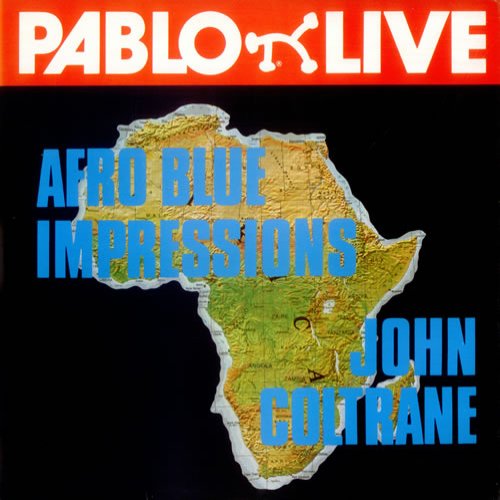


This is a double-LP set, and most of the six tracks are remarkably long, but it’s more sustaining, soulful, and jazzlike than most of Green’s other “commercial” work. Indeed, the tempos are much livelier than you’d expect for this type of music, sometimes even hinting at disco. The band (including the returning saxophonist Claude Bartee) is also no longer seemingly trying to shout him down, and there are few dry stretches of funky vamping the presence of a real, live bass player (Wilton Felder) is also welcome. His exquisite solo on the Stylistics’ “Betcha By Golly Wow” – the only ballad – takes what I consider a mediocre tune and spins music of disarming emotion. The follow-up live extravaganza, Live at the Lighthouse, is altogether more subtle and colorful than Alive!, with Green playing with great energy, a vividly golden tone, and at impressive length. This music - heralded by 1970’s popular recording Alive! - was by far his most commercially successful during his lifetime, and though it fell out of favor after the ‘70s (and had a brief revival in the ‘90s under the rubric of “acid jazz”) it still has a fair number of fans today, and may even be enjoying a resurgence of popularity. He re-emerged at the end of the decade, playing in a simple vamping funk style and pretty well abandoning his old attachment to bebop, at least on record. Green recorded most of his classic ‘60s sessions as a way of financing his heroin addiction, and eventually it caught up with him, precipitating a substantial hiatus from recording. His bluesy, plainly stated guitar melodies and riffs were daringly exposed on enduring early classics like Green Street (1961) and his 1961-62 sessions with pianist Sonny Clark. Green is one of the most prolific, and to me one of the most consistently pleasurable, of all Blue Note artists. Grant Green: Live at the Lighthouse (1972) The idea here is to highlight a few more lesser-known Blue Note titles that deserve - but have not yet achieved - the classic status that has been accorded to so many LPs on the label. As 2021 winds to a close, I’m offering another glimpse into the Jazz Duck’s archives, as I slowly compile my Blue Note label survey. PREFATORY NOTE:This post is a follow-up to my last one, “ Jutta Hipp in America,” which highlighted one of the most fascinating (and least discussed) artists on the storied Blue Note label.


 0 kommentar(er)
0 kommentar(er)
